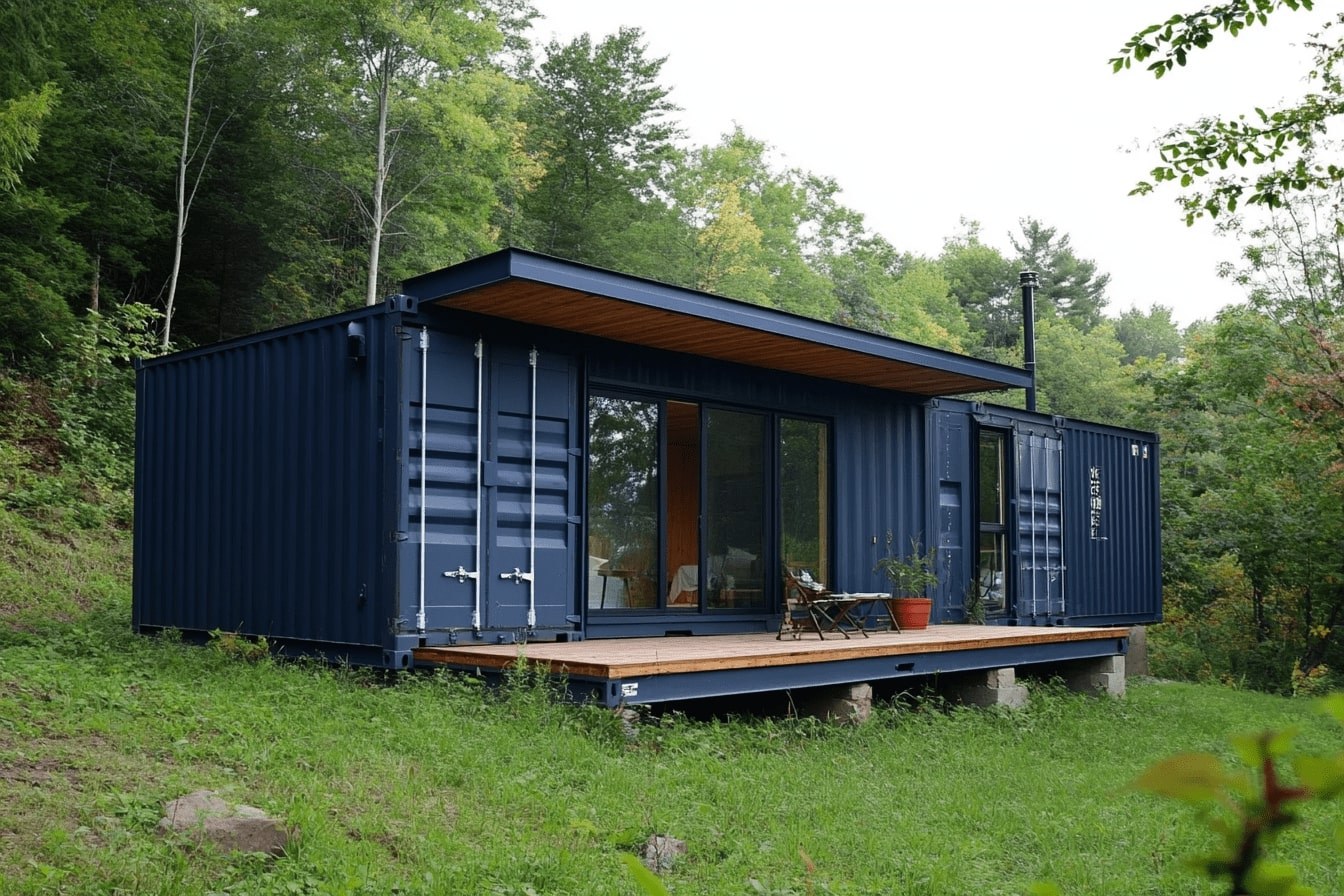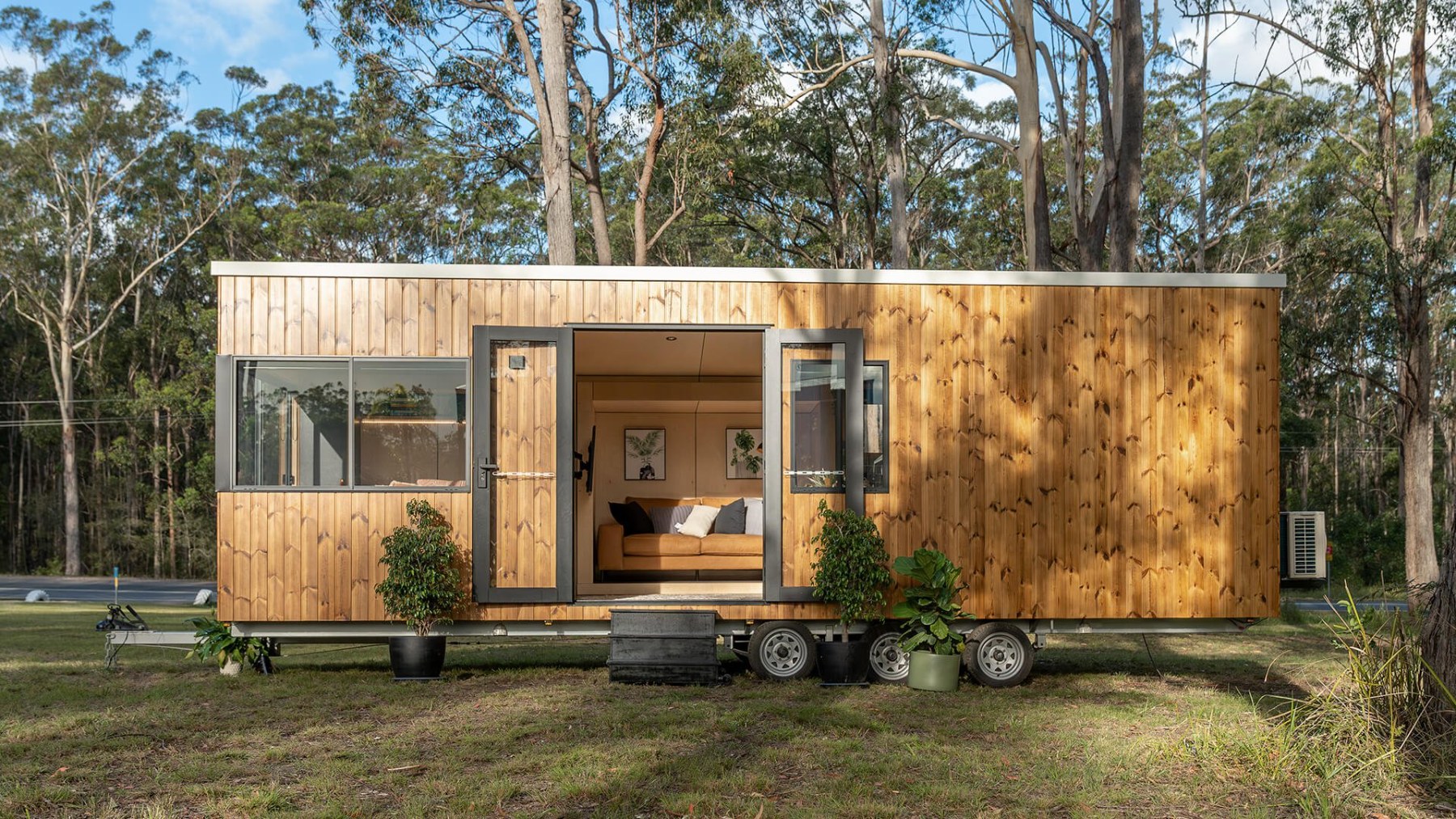Tiny House Guidance
Guidance for Tiny Houses Classified as Buildings
If your tiny house is determined to be a building, it must comply with the New Zealand Building Code and will require a building consent from the Local Council whose district or city it was (or is to be) constructed in. Under the Building Act 2004, it is the building owner’s responsibility to obtain any necessary consents, approvals, and certificates.
Design Considerations:
- Structural Integrity: The tiny house must meet structural durability standards.
- Insulation & Ventilation: Compliance with energy efficiency and moisture control requirements.
- Plumbing & Drainage: Proper waste disposal and potable water supply must be installed.
- Fire Safety: Adequate escape routes and smoke alarms.
Siting Considerations:
- Zoning Rules: Check with the GDC Planning department for compliance with land-use regulations that apply to the zone where your tiny house will be located.
- Setbacks & Site Coverage: Adhere to minimum distances from boundaries and maximum coverage rules.
- Building Recession Planes: Ensuring that where you locate your tiny house will not encroach into the Building Recession Planes.
- Access to Services: Ensure appropriate water, sewage, and electricity connections.
Construction Considerations:
- Building Consent: Apply for and obtain necessary building consents before construction.
- Inspection & Certification: The tiny house must pass inspections to ensure compliance.
- Maintenance & Alterations: Any modifications must also comply with the Building Code.
Consents and Approvals:
- Building Consent
A Building Consent is required for construction, alterations, and permanent site placement to ensure compliance with the New Zealand Building Code. This includes:
- Foundation and Structural Approval – Ensures compliance with Building Code Clause B1 (Structure) if the tiny house is placed on foundations.
- Plumbing and Drainage Approval – The applicant will need to apply to GDC Infrastructure for a Utilities Connection Consent Approval where the Tiny House is to connect to council services. The applicant will need to apply to West Coast Regional council for on-stie wastewater disposal.
- Code of Compliance Certificate (CCC) – If a tiny house is transported from another district or city, a CCC is required to certify that it meets building code requirements.
- Resource Consent
A Resource Consent may be needed if the tiny house does not meet:
- Zoning rules, site coverage, or land-use restrictions under the Grey District Plan.
- The number of tiny houses allowed on a property
- Boundary setbacks for your zone and Building Recession Plane requirements.
Guidance for Tiny Houses Classified as Vehicles
If your tiny house is determined to be a vehicle, it does not fall under the Building Act but will still be subject to other regulations. Building Consent for connection to services is a likely requirement.
Design Considerations:
- Roadworthiness: The tiny house must comply with New Zealand Transport Agency (NZTA) regulations for towing.
- Weight & Dimensions: Ensure it does not exceed legal towing limits.
- Sanitary & Water Supply: Use removable tanks and mobile-friendly fixtures.
- Energy Supply: Consider solar panels or portable power solutions.
Siting Considerations:
- District Plan Rules: A tiny house that is a vehicle but used for accommodation is considered a building under the Grey District Plan. This means it needs to meet the rules in the District Plan. Owners should talk to or email the Planning Department early in the process to understand what rules might affect them.
- Environmental Impact: Consider wastewater disposal and off-grid living requirements, distances from the property boundaries and Councils road boundaries.
Construction Considerations:
- Build Quality: Ensure robust construction for transport and safety.
- Secure Fixtures: Design interiors to withstand movement.
- Registration & Warrant of Fitness (WoF): If being moved on public roads, ensure it meets vehicle compliance standards.
Consents and Approvals:
- Building Consent (for Services Only)
- Resource Consent
Even if a tiny house is classified as a vehicle, a Building Consent will be required for service connections such as sewer (council connection or on-site disposal), stormwater, or water supply connections.
- The applicant will need to apply to GDC Infrastructure for a Utilities Connection Consent Approval where the Tiny House is to connect to council services.
- The applicant will need to apply to West Coast Regional council for on-site wastewater disposal.
A Resource Consent may still be required for a tiny house on wheels if:
- It remains on-site long-term and is used as a dwelling.
- It does not meet land-use, site coverage, or zoning rules under the Grey District Plan.
Wastewater Connection for Tiny Houses that are Vehicles
Tiny houses classified as vehicles require a compliant wastewater connection when connecting to a Council sewer system or an on-site wastewater disposal system. A specific connection method has been developed in consultation with qualified professionals in design and plumbing and drainage to ensure compliance.
Key Considerations:
- Designed for Vehicles Only – This connection method is not suitable for buildings.
- Removable and Flexible Connection – The wastewater system must be easily disconnected to maintain vehicle classification.
- Compliance with Regulations – The system ensures Council approval for wastewater disposal from a vehicle.
For full details on the approved connection method, refer to the Residential Connection Point - Wastewater Connection for Tiny Houses that are Vehicles
Final Considerations & Next Steps
Before proceeding with your tiny house project:
- Consult with Grey District Council: Confirm classification, consent requirements, and district planning rules.
- Engage Professionals: Seek advice from architects, builders, and transport specialists.
- Plan for the Future: If you intend to transition from a vehicle to a building, factor in compliance requirements early.
By understanding these classifications and following best practices, you can have confidence that your tiny house project is legally compliant and built to high standards.



